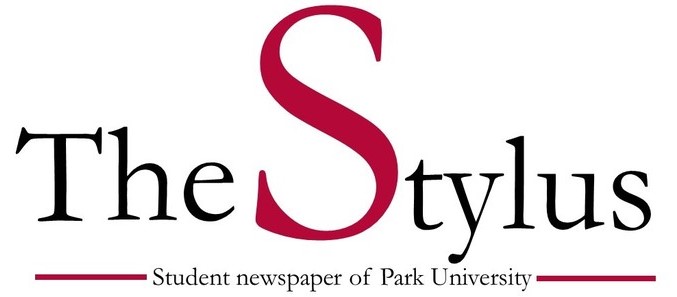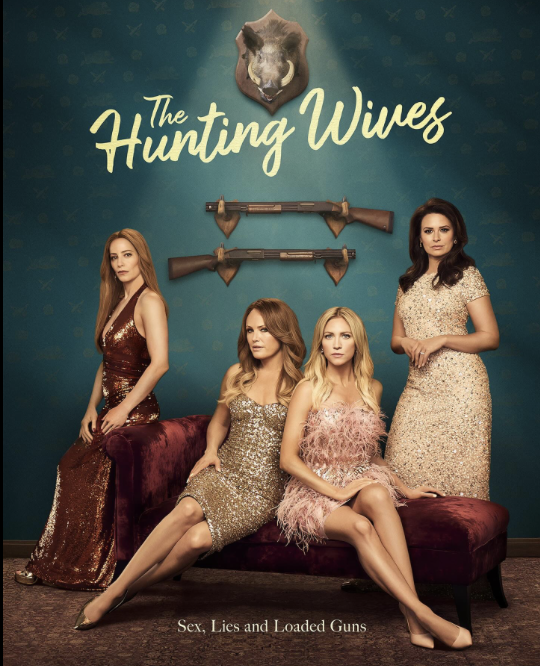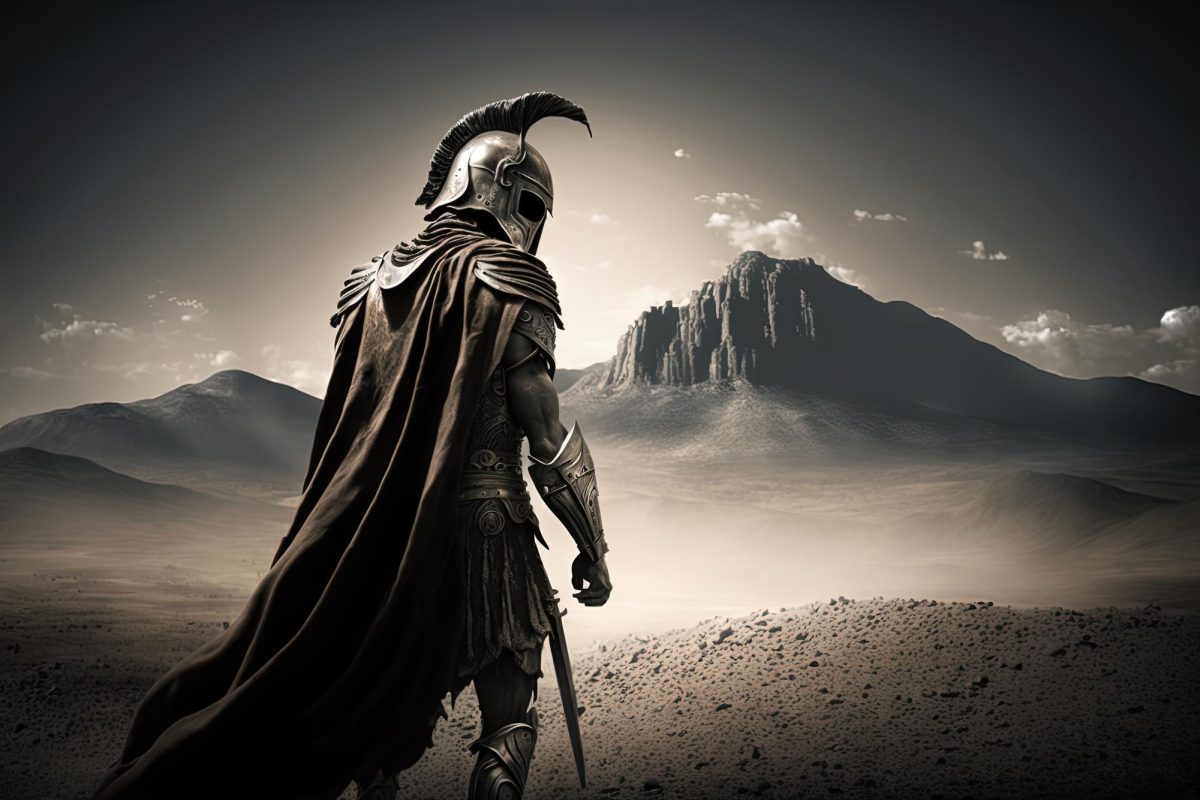Next year, Park University will celebrate its 150th birthday. Created in 1875 by Mexican-American War veteran George S. Park, Reverend John A. McAfee and Elijah B. Sherwood, Park College was a Presbyterian working college. Students would come to Park and work for their tuition.
In the late 1800s, the student body was overwhelmed with the “missionary zeal.” These students would graduate, usually go to McCormick Seminary in Chicago, get ordained, and then be off to Presbyterian Missions all over the world. Recently the Frances Fishburn Archives’ researchers have been looking into Park missionary alumni that were captured by the Japanese in World War II.
Secondary-education junior Martin T. Roberson worked on a recent exhibit about Park’s missionary history. The story of Elanor Chesnut had a personal impact on Roberson. “Dr. Chesnut overcame innumerable odds to pursue work that would ultimately lead to her death, and she did it because she really believed.” Chesnut, namesake of the student dormitory, was a medical missionary to China and was killed during the Boxer Rebellion in 1905. “Chesnut’s work,” said Roberson, “inspired thousands and changed an almost uncountable number of lives.”
The University has also always been a welcoming place for veterans. The first veteran student fought in the Civil War. Military history freshman Marcus Steele is a new addition to the Valor Medal Review team and member of the George S. Robb Centre. Currently he is researching Park’s Spanish-American War veterans on behalf of the Frances Fishburne Archives. “The multifaceted-ness of Park history is a lot more extensive than we get credit for between the military history, the religious history and institutional history,” he said.
We’ve always had a place for international students, with the first arriving in the 1880s. In the 1940s this liberal outlook, based on ideals of a “Christian-Democracy,” effected a need to help second-generation Japanese-Americans, or Nisei. Park President William L. Young fought against the local Parkville Mayor on accepting interned, college-aged Nisei students at Park. These students went on to become celebrated doctors, war veterans and academics.
I worked on the Park University Nisei Project two years ago. The entire collection was digitized and published to JSTOR, link here. The collection showed how the entire school came together to fight what they perceived as injustice. And not just the students on campus, but the hundreds of alumni who responded overwhelmingly positively to Dr. Young’s inquiry to the alumni as to whether the school should allow the Nisei students. Ultimately, almost a dozen Nisei students were allowed by the government to come to Park to study.
One-hundred-fifty years is a long time for an American institution to exist. It’s older than the US Air Force, the Federal Reserve, and even Mount Rushmore. Its story is linked from its very DNA to traditional, progressive American ideals. It showed what liberal education in the Midwest could be. But what does that mean now? The times are changing. That has always been the case. And the school must necessarily evolve with the nation and its students.
We are no longer a working college. Although the opportunities for work at the college are plenty, especially for a college our size, one certainly cannot pay for their tuition based solely off work at the college. Our philosophy of a religiously based liberal education steeped in enlightenment ideals has been gone since the 1980s. “Fides et Labor.” That is our motto. Faith and Labor. In what place does the institution place its faith? How much value in work do the students have?
A century and a half. We made it this far. But will we make it to 2075?






